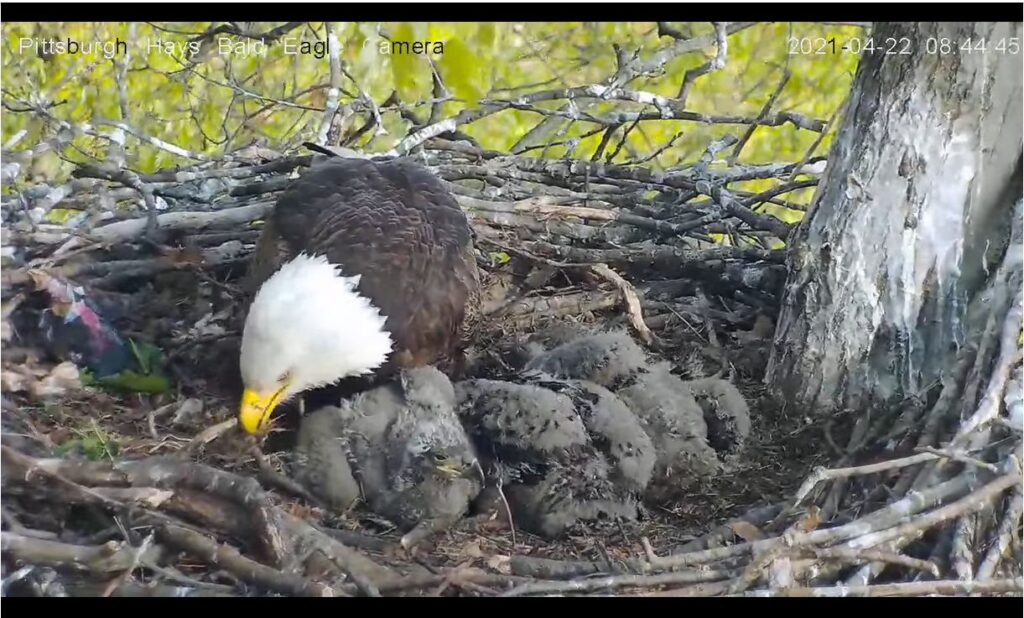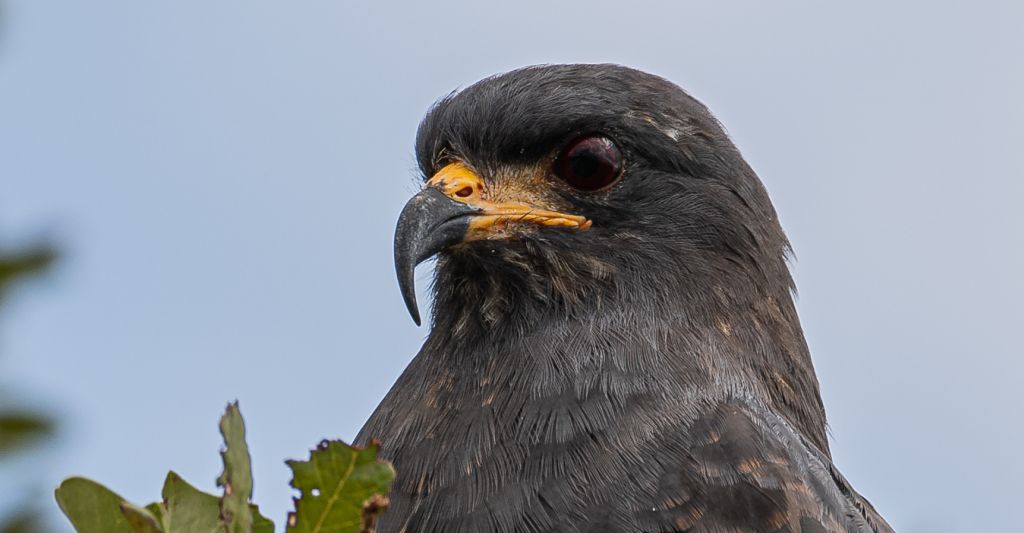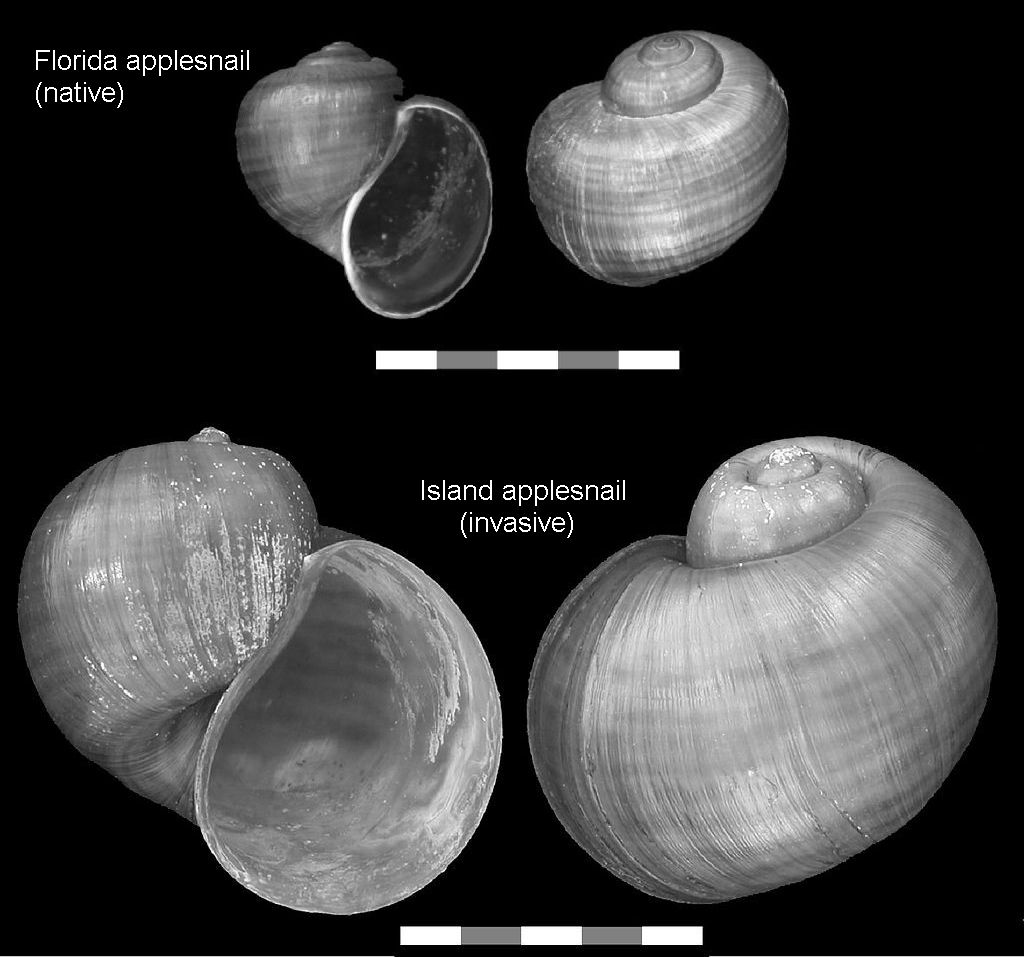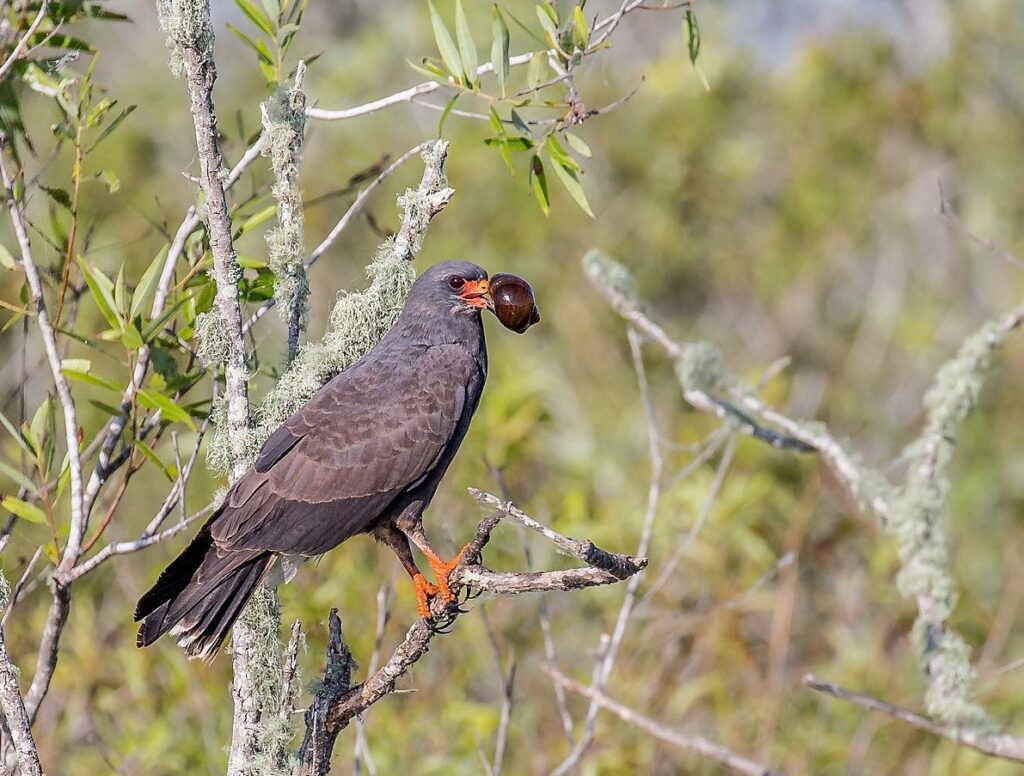
28 July 2021
Have you heard this pathetic sound recently?
If you track it down you’ll find a young red-tailed hawk, possibly on the ground, calling as if it is in distress. There may be two of them walking around, jumping down from a perch, looking at their feet, and making the most heart-rending sounds. Despite their tone these juvenile hawks are not hurt. They are crying wolf.
In late July young red-tailed hawks (Buteo jamaicensis) in southwestern Pennsylvania have been out of the nest for four to eight weeks. Their parents have taught them everything they need to know about capturing and killing prey but they lack experience. To gain it their parents drop them off at a fertile hunting ground and leave for the day. Their parents will return with food, but not right away.
Left alone the youngsters play at catching prey (video below) and progress from hunting insects and invertebrates to capturing small mammals. It takes weeks to make this kind of progress and they won’t do it if their parents are nearby.
Like any kids, they get impatient when it goes slowly and whine as loudly as possible. Sometimes they perch prominently to do it. “Come back! I want food now!”
Don’t worry when you hear or see a “distressed” juvenile red-tailed hawk. It’s crying wolf.
(photos and video of two hawks by Jim Funderburgh, video of one hawk by Christopher Booth on YouTube)














